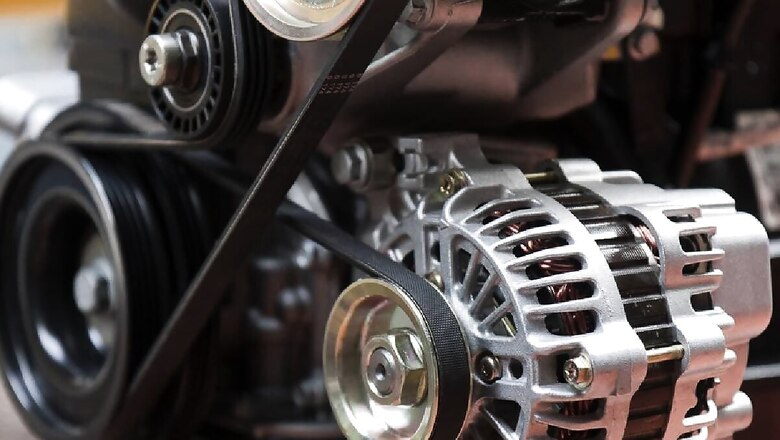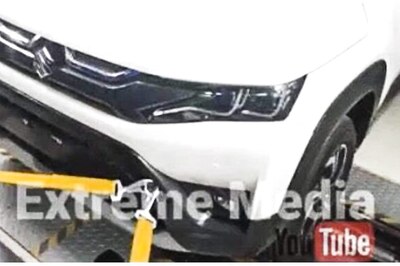
views
Automobiles are complex machines equipped with a wide range of components that require regular maintenance.
One of the essential components is the alternator, which generates electricity that powers up the battery and other electrical accessories. Unfortunately, alternators can malfunction or break down over time, putting a damper on your travels.
So, if you’re a car owner, it’s essential to be aware of the signs of a faulty alternator and how to repair/replace it.
Taking prompt action can avoid getting stranded and ensure a smooth ride. Below are some signs that can warn you of a potential car alternator’s problem:
Step 1: Dim or flickering lights
One of the first signs of a failing alternator is a noticeable decrease in the brightness of your headlights, taillights, and interior lights. The alternator supplies power to this light, and if it’s not able to meet the car’s electrical needs, it may cause the headlights to dim or flicker, especially when idle or when using electrical accessories.
Step 2: Battery light on
Most modern cars have a dashboard warning light that illuminates to clearly indicate that there’s a problem with the alternator. If the alternator is not functioning properly, the battery will not receive the necessary voltage to run the electronic accessories onboard the car and will leave the battery warning light illuminated.
Step 3: Car Accessories Will Malfunction
The alternator supplies power to various electronic components in your car, such as the stereo, power windows, windshield wipers, and even the engine control unit. If the alternator is failing, the car’s onboard computer will cut the non-vital accessories. This might cause several functions onboard the vehicle to malfunction, experience glitches, or stop working altogether.
Step 4: Burning Smell From Engine Bay
If you smell something like burning rubber or electrical wires from under the hood, it indicates a failing alternator or that its parts are wearing out. Such an odour is caused by friction, which creates heat and ultimately burns the rubber or wires.
Step 5: Whining or Grinding Noise
In some cases, a failing alternator might produce a whining or grinding noise coming from under the hood, especially when the engine is revved.
Step 6: Difficulty in starting the car
If your car takes longer than usual to start or keep running, it could be a sign that the battery isn’t receiving a sufficient charge from the alternator. This means there is not enough power from the alternator to keep the engine going, and the car is starting from power stored in the battery.



















Comments
0 comment